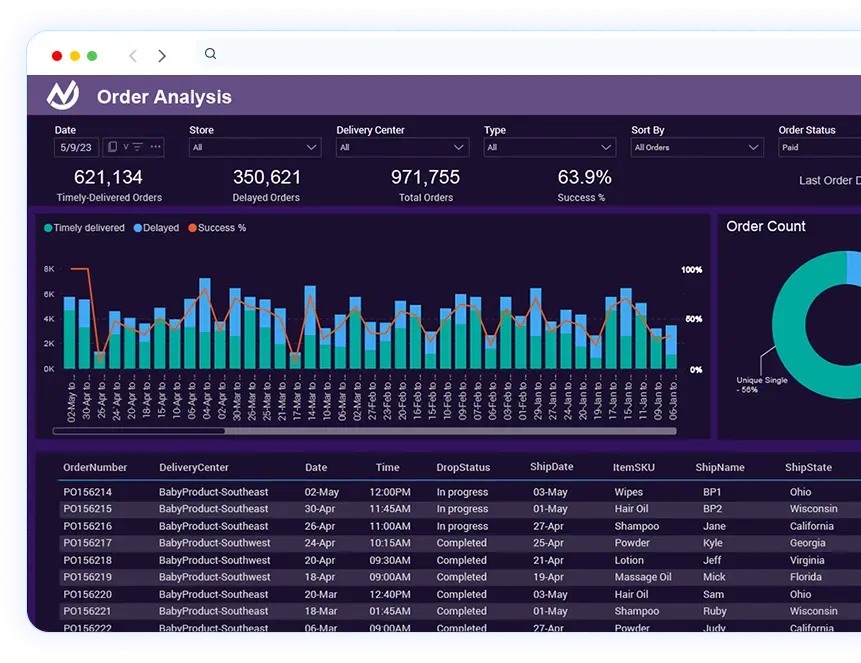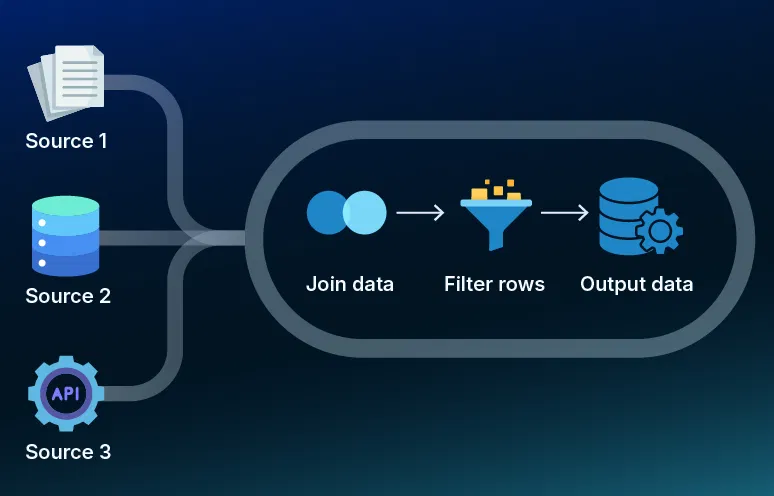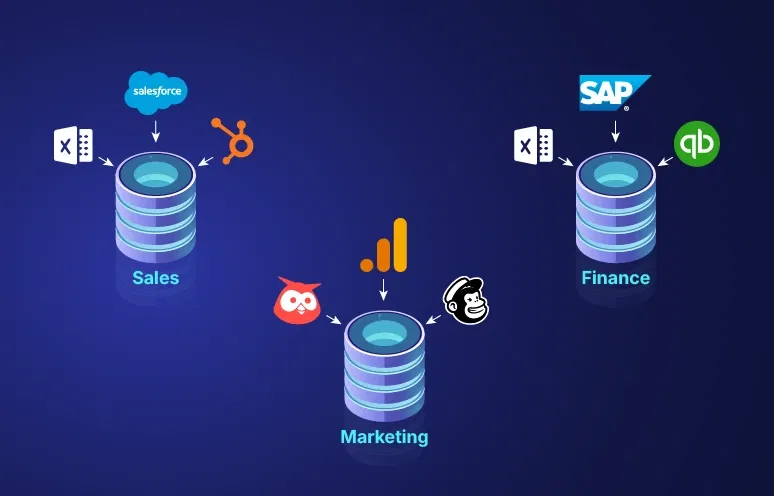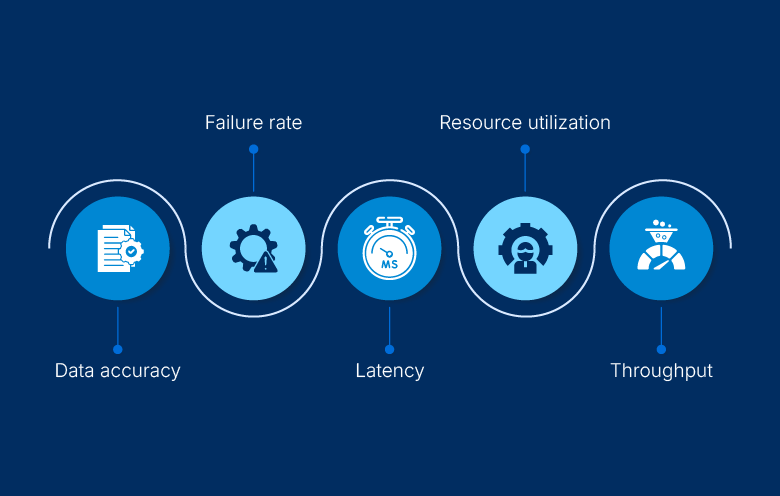Unmatched expertise
With more than a decade of experience in data architecture and analytics, we bring unmatched proficiency in designing and implementing Snowflake solutions. we engage in crafting custom strategies for optimizing your Snowflake investment-from secure implementation to efficient data governance, navigating through complexity to bring you seamless and scalable outcomes.
















